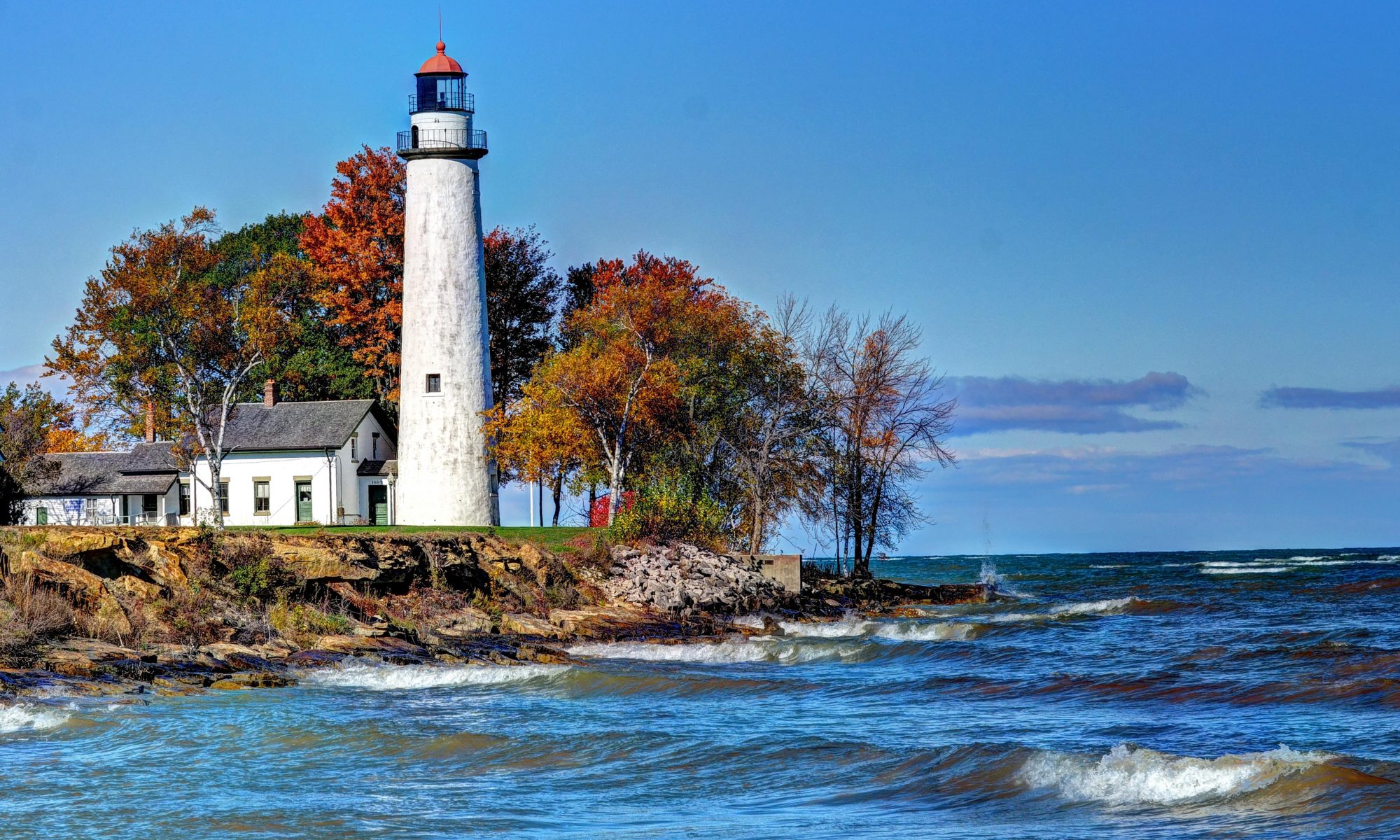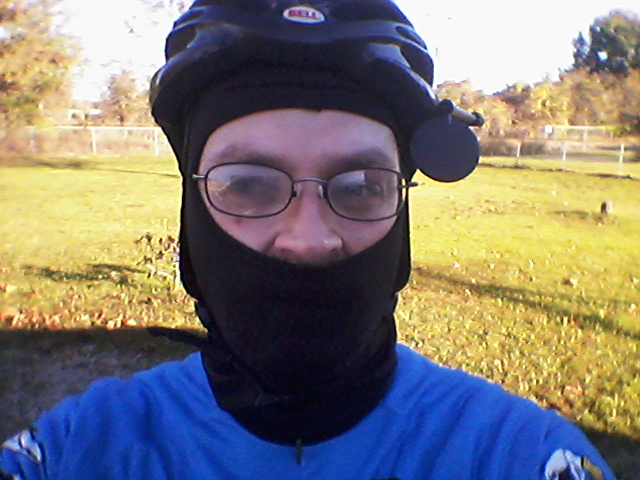As a result of Rural Bike Commuting: It’s Not The City, I’ve had a few people ask me to clarify some of the equipment choices I’ve made to accommodate the longer distances. My choices certainly don’t reflect everybody’s, and there will always be bike commuters who do things a bit differently, even if their routes look very similar to mine. But with that in mind, here’s a few things I’ve learned.
Bike:
If you’re commuting long distances, you’re going to want a bike that’s efficient, sturdy, flexible, and comfortable. It doesn’t have to be a race bike (in fact, there’s plenty of reasons why race bikes make terrible commuting rigs) but as long as it’s strong and comfortable, it’ll work. The more braze-ons it has, the more things you can do with it, and the more versatile your bike will be.
For commutes of 10+ miles each way, on rural (rough) roads, you will want to consider a bike made for long-distance riding, like a touring or randonneur bike. (*NOTE: in some cases, bikes labeled as “cyclocross” or “gravel” bikes will work, but sometimes they won’t. More on this later.) Most touring/rando bikes have drop bars for more comfortable hand positions, but you also want to balance that with a somewhat upright riding position to be able to function in traffic without losing visibility. Drop bars give you the best of both worlds; you can ride low in the drops for long windy stretches, or ride on the tops/hoods for in town.
Some great bikes are out there that are trouble-free, solid, and relatively efficient. The Surly CrossCheck is a universal favorite, for obvious reasons… it’s adaptable, comfortable, durable, and reasonably fast. Despite being labeled as a “cyclocross bike” it’s more suited to light touring and commuting, which is exactly what we’re looking for. The Straggler is basically a disk-brake version of the same bike, if you’re more comfortable with disks. There are plenty of others, also, but be warned!! Some bikes marketed “go-anywhere, do-anything” are really racing bikes, not true utility road bikes. They are made for recreational weekend warriors, not commuters who ride to work with racks and fenders. If it doesn’t have eyelets or bosses for a rear rack, it’s probably not meant to be used as a commuter. Caveat Emptor. Some good examples of bikes for long-distance commuting:
- Surly CrossCheck
- Motobecane Phantom Cross
- Surly Long Haul Trucker (I ride one with 26″ wheels)
- Trek 520
- Salsa Vaya
- Surly Straggler
- Fuji Touring
- Windsor Tourist
- Kona Rove
- Raleigh Tamland
These aren’t all the same, but they fit the criteria. Could you commute on a race bike? Yes. But it’s not the right tool for the job. If you’re starting out, you use what you have! But we’re talking specifically about comfort and durability over long distances on rough roads, so let’s call a spade a spade. Touring bikes are specifically made for this purpose.
Tires:
I use 26×1.5″ tires. If I had rougher roads or dirt and gravel, I could switch to 1.75″ or even 2.0″ wide tires, but that would increase weight. 1.5″/40mm is a good balance for me. You will needt to balance weight and speed with comfort depending on your route’s surface.
On any commuter bike, you’re going to want robust tires that don’t puncture easily. There are two ways you can go about this: buy decent tires and use tire liners, or buy high-end tires. I use the first method, and it has served me very well. I’m currently using Panaracer Pasela TG tires with Mr. Tuffy liners, and they ride smoothly and don’t puncture easily. You could also go with Schwalbe, Continental, or Specialized tires with heavy-duty puncture protection strips.
Racks:
With year-round long distance commuters, riding to work in a suit isn’t really an option. You’re going to need a place to store your work clothes, lunch, and/or laptop, etc. and a backpack isn’t going to cut it for this purpose. Yes, you can get large enough messenger bags or backpacks, but nobody wants to ride a bike with a heavy backpack for an hour or more. For a little more money, you can get a good rack and panniers that will simplify your commute greatly.
The best pannier rack I’ve seen for the money is the Axiom Journey rear rack, hands down. It’s solid, very lightweight, and has full pannier bars to prevent bag damage. Can’t beat it for the price. They also have a version for disk brakes.
For those who insist on riding with a race bike: they do make racks that attach to a seatpost, but only a few of them have bars to keep panniers from getting sucked into your rear wheel. The Blackburn Interlock is one, and Bontranger makes add-on pannier bars for its seatpost rack. You can also use a Problem Solvers Seatpost Clamp Rack Mount, and some small P-clamps if the frame has no braze-ons. Again, not ideal, but it can be done.
Bags:
In some cases, you can get away with only using a large trunk bag, and that’s okay. Keep in mind that you probably won’t be able to stop by the grocery store to pick up something on the way home without the extra room that panniers provide. If that’s an okay compromise, then there are some very nice trunk bags that would be more aerodynamic and lighter than panniers. In the winter, though, I have too many layers of clothes to store to be able to use a trunk bag. I still might get one for summer, though… very doable.
I’m currently using (discontinued) Axiom Seymour front panniers on my rear rack. They’re not the biggest (less than 30L together), nor are they waterproof, but they were pretty nice for the price. If I were going to get another set, I’d look at waterproof ones first, no question. Yes, they’re expensive. But the time you save and peace of mind you get from not having to worry about them (or anything inside them) makes up for it, I think. Models to look at would be Axiom Typhoon/Monsoons, Axiom Randonnees, Banjo Brothers Waterproofs, or Ortlieb Front/Back Rollers. I like Axiom’s stuff, but the Banjo Brothers stuff looks very good, too. Ortliebs are, I think, overkill for commuting. You can get the nice waterproof Axiom Randonnees for less money, and they have convenient zippered compartments inside and out.
Safety:
Lights, reflective gear, helmet, more lights, and more reflective gear. I touched on these briefly in Safety By the Numbers, but I’ll go through some specifics here.
Bright headlights and taillights are a must! LED headlights are so much brighter and more efficient than halogens, plus they’re bright enough to be dynamo driven and still be useful. I built one myself, but they aren’t that expensive. For longer commutes in the dark, batteries are just another hassle to worry about… I much prefer dynamo lights.
As for taillights, RUSA recommends running two: one steady, and one blinking. I think that’s a good place to start. The industry standard is the PBSF (PlanetBike Superflash). Just be careful how you mount it… they like to jump off of the bike. I use a cheap blinky along with a dynamo driven LED rear.
Reflective gear cannot be overstated. It may be the one thing that saves your skin! I have a pair of Nathan Reflective Ankle Bands, and I’ve had more than one person tell me they’re fantastic to be seen by. I also have a FuelBelt reflective vest, which I’m not thrilled about. The zipper has gotten corroded by sweat/rain/moisture and is difficult to use now. It is very visible, though. Definitely better than nothing.
If I could only impart one thing, though… Don’t scrimp on safety and visibility!!!

